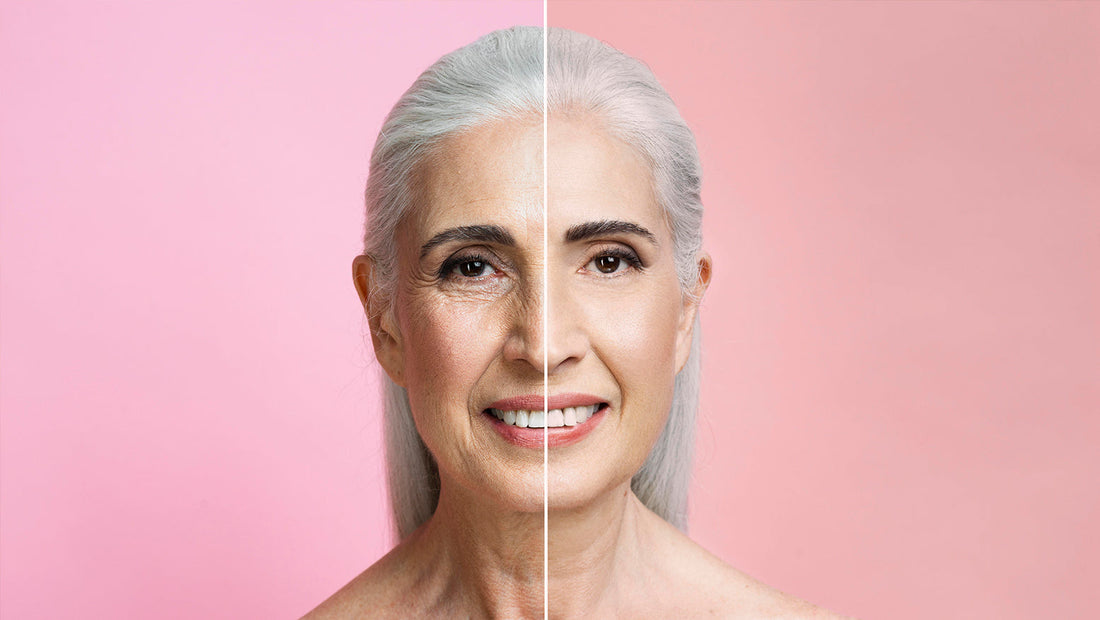
Scientific Principles of Stem Cell Anti-Aging
Share
Stem cells exhibit unique mechanisms of action in the field of anti-aging, becoming a research hotspot in modern medicine and the beauty industry. Stem cells have the ability to self-renew and differentiate, meaning they can continuously generate new cells to replace aging or damaged ones. This regenerative capacity plays a crucial role in the anti-aging process. As we age, the number and activity of stem cells in the human body gradually decline, leading to the aging of skin, tissues, and organs. By activating and utilizing stem cells, cell regeneration can be promoted, improving overall health and appearance.
Stem cells are particularly effective in repairing damaged cells. When cells in the body are injured, stem cells can quickly migrate to the damaged area and differentiate into new cells to replace the aging or damaged ones. This process not only helps repair tissues but also promotes the production of collagen and elastin, enhancing skin elasticity and firmness. At the same time, stem cells secrete various growth factors that promote blood circulation and metabolism, further supporting cellular health. This mechanism allows stem cells to play a significant role in the anti-aging process, helping to improve skin texture and appearance and slow down the aging process.
In practical applications, the anti-aging effects of stem cells have been widely recognized in the medical and beauty fields. In medicine, stem cell therapy is used to repair damaged tissues and organs, helping patients regain function. For example, stem cells can be used to treat chronic diseases such as heart disease, diabetes, and arthritis by regenerating damaged cells and tissues, improving patients' quality of life. In the beauty industry, stem cell ingredients are widely used in skincare products to improve skin quality and reduce the appearance of wrinkles and fine lines. Many studies and case reports indicate that stem cell therapy and related products can effectively delay aging, enhance skin smoothness, and improve overall health. Through scientific application and research, the potential of stem cells in the anti-aging field continues to be explored, providing more options for those pursuing beauty.
The long-term use of stem cell products has also been recognized by many users. Many patients and consumers report significant skin improvements after using stem cell skincare products, such as more even skin tone, reduced fine lines, and tighter skin. These positive feedbacks provide momentum for the further development of stem cell technology in the beauty industry. In the future, with technological advancements and in-depth research, the application of stem cells in the anti-aging field will become more widespread, and more precise stem cell types and treatment protocols may be developed to meet the needs of different skin types and age groups.
By combining stem cell technology with other skincare methods, consumers will be able to achieve better results on the path to anti-aging. As people's demand for anti-aging increases, the future development of stem cell technology will bring more innovation to the beauty industry, driving the continuous progress of skincare technology.
